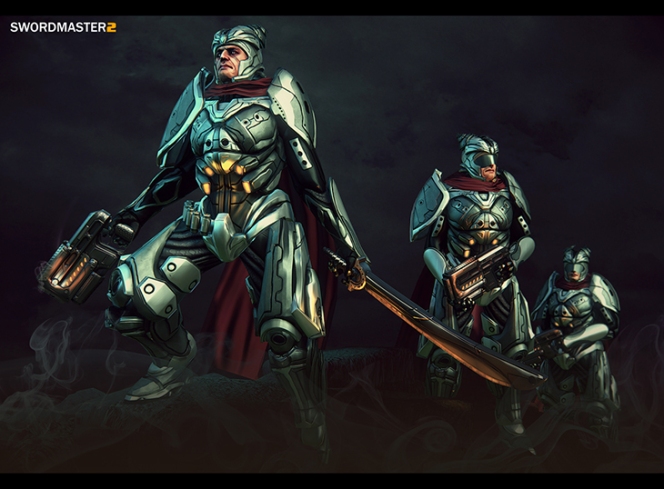Your Cart is Empty
Customer Testimonials
-
"Great customer service. The folks at Novedge were super helpful in navigating a somewhat complicated order including software upgrades and serial numbers in various stages of inactivity. They were friendly and helpful throughout the process.."
Ruben Ruckmark
"Quick & very helpful. We have been using Novedge for years and are very happy with their quick service when we need to make a purchase and excellent support resolving any issues."
Will Woodson
"Scott is the best. He reminds me about subscriptions dates, guides me in the correct direction for updates. He always responds promptly to me. He is literally the reason I continue to work with Novedge and will do so in the future."
Edward Mchugh
"Calvin Lok is “the man”. After my purchase of Sketchup 2021, he called me and provided step-by-step instructions to ease me through difficulties I was having with the setup of my new software."
Mike Borzage
The Edge: Daniel Bystedt
September 09, 2014 5 min read

Novedge: Tell us a bit about who you are and what you do
Daniel Bystedt: My name is Daniel Bystedt and I’m a 3d character artist. I work for a Swedish Animation and Creative Studio called Milford Film & Animation. Aside from my day job I’ve been doing tutorials for 3DWorld, 3D Creative, ZBrushWorkshops.com and beta testing for ZBrush/Pixologic.

Novedge: Where do you find inspiration for your work?
Daniel Bystedt: The internet is a fantastic place to gather material for both reference and inspiration. I usually check out zbrushcentral.com, artstation.com, cgfeedback.com for inspiration and Google image search and Pinterest for references. Even though the internet is great for getting some input, I find that it’s important not to get sucked into an endless loop of gathering inspiration and reference material. Creative work can be very competitive and to me it’s important to not compare yourself with the skill level of other artists, as it can be pretty destructive when trying to stay creative. Therefore I I think it’s good to try and focus on your own progress rather than comparing yourself with others.

Novedge: Can you talk about your creative process? How do you approach each project?
Daniel Bystedt: Usually I have a montage of images or ideas in my head that I’d like to push out as a 3d render, but I’d say that it’s only about 10% of those ideas that actually get completed in the end. After I choose one of those ideas I start gathering reference material or pull out some from the ever growing reference folder on my computer. The next step is to start concepting. Sometimes I do this as a 2d sketch and sometimes I just jump into 3d at once, depending on the complexity of the image that I want to create. At work I usually have a very strict type of workflow so I find it more explorative and creative to vary my choice of approach to each project when I’m doing personal artwork. I love to do character sculpts in ZBrush so I usually start with something really simple like a box/sphere or ZSpheres and sculpt away. One thing that I find really helpful during the sculpting stage is to take a screenshot of the 3d sculpt, bring it into a painting application like Krita (which is a free painting application) and do a paint over on top of the sculpt. Working in 2d has a great advantage over 3d, and that is speed. In my opinion there is no 3d artist who could compete with the speed of a talented 2d artist that just does a quick sketch/concept of a character or another subject. By designing in 2d I don’t have to invest as much time in different design choices and therefore can scrap a design if I feel it isn’t working for me. Throwing away things you’ve done in 3d is much more painful as you always invest more time in it. Changing the medium can greatly change the way the design turns out, so I really enjoy jumping between 2d and 3d all the time. Once I have my paintover I can use it as a roadmap of how to move further with sculpting in 3d.
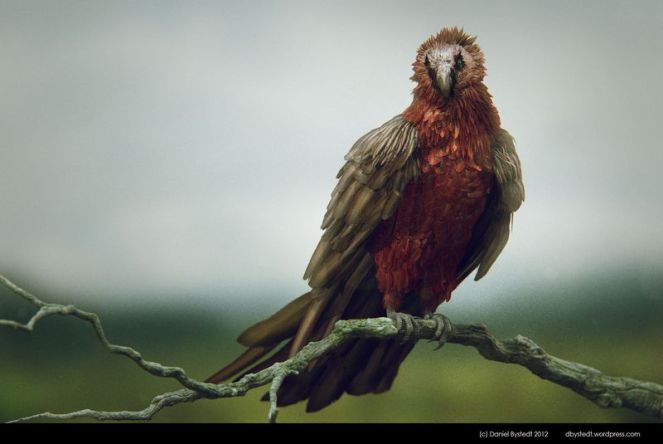
Novedge: What is a recent project that you worked on?
Daniel Bystedt: One project I had a lot of fun with recently was creating a trailer for a Swedish pen and paper role playing game called Mutant – Year Zero.
//player.vimeo.com/video/92275845
Mutant: År Noll Release Trailer from Calle Granström on Vimeo.
The collaboration of the production was very original compared to other projects I’ve worked on, since all the people involved were just a total of five artists without any producer or supervisor. We were all working in our free time after work, creating a post apocalyptic type of story, where my part was sculpting/modeling and texturing the main character plus doing some cloth simulation. It was a great learning experience which was also very creative. All the people involved worked in a flat hierarchy and therefore had a greater opportunity to make creative decisions for each part that they were working on.
//player.vimeo.com/video/97157375
Mutant: År Noll Release Trailer VFX Breakdown from Calle Granström on Vimeo.
Novedge: What does your workflow look like? What software do you use?
Daniel Bystedt: My main go to 3D software is ZBrush. It’s the greatest tool I know for sculpting, and I love the innovative features that the team at Pixologic comes up with for every new release of the software. It’s also a great plus that they don’t charge for updates like other competitive software companies do.
Lately I’ve been looking into Blender which is a free 3d application which has gone sort of under my radar in the past. It has some very impressive features, including a very competent renderer called Cycles. Rendering has always been something that I’ve felt stopping the “flow” of creativity, but with Cycles you can render in real time and change your materials in the node editor on the fly. It’s really great and if you haven’t tried it I strongly suggest that you do.

Novedge: How do you come up with topics for your tutorials?
Daniel Bystedt: Usually I’m given a subject by the client, such as using the panel loops feature in ZBrush or sculpting a quadruped. I think it’s a really good thing to be given some kind of constraint for the subject that I’m going to do a tutorial about as it narrows down my creative choices. A lot of the time the “empty canvas” can be a hard thing to get past in order to choose a subject and really start doing the actual work of creating a 3d character or environment.

Novedge: What skills have you learned in life that are now serving you the best?
Daniel Bystedt: I would say that having a routine is a great tool. By trying to do some type of creative work each day besides your day job, you really develop as an artist. It can be drawing, sculpting or exploring other aspects within the creative realm that you are interested in. The important thing is to just do something and spend a predefined amount of time on it. It doesn’t matter if the final results look bad. If you just put in the hours, in the end you will get better and better at what you do.
Another important aspect is to finish things. It’s really easy to start with a project, grow tired of it and never complete it. It’s something that all creative people do, and a lot of the time I fall into that trap myself. However, if you never finish work you will not be able to let your portfolio grow. A good tool for being able to finalize work is to set a realistic scope for yourself. Maybe instead of that robot that blows up a city with fully simulated destruction, smoke, and a fantastic crowd animation of panicking citizens you should just focus on finalizing the robot?

Novedge: What's next for you?
Daniel Bystedt: The ongoing battle of creating better art, growing as an artist and constantly learning new things is what’s next for me. The line of work I’m in is something I will never get tired of. It’s also very exciting to see the releases of new tools for CG artists that are constantly being developed.
To see more of Daniel's work, check out his website and follow him on Twitter.
And don't forget to get your own copy of ZBrush right here.
Related articles
Also in NOVEDGE Blog
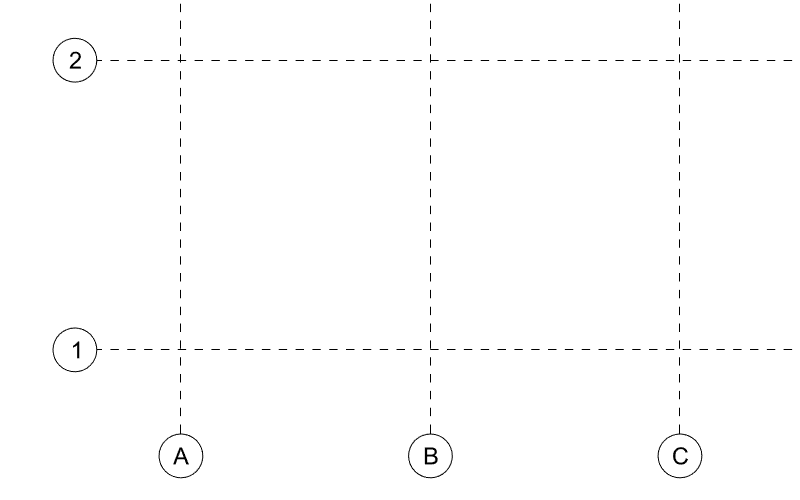
Maximize Your Architectural Workflow with VisualARQ 3's New Guides Feature
January 30, 2025 5 min read
Read More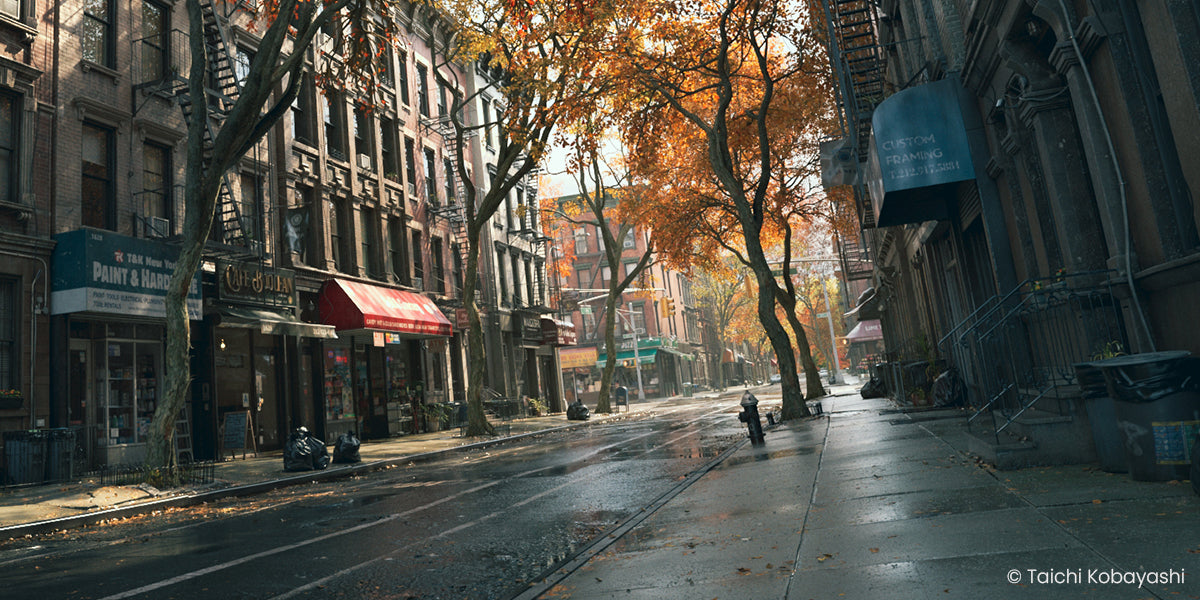
Introducing V-Ray 7: Transforming Creative Workflows in Maya and Houdini
January 28, 2025 7 min read
Read More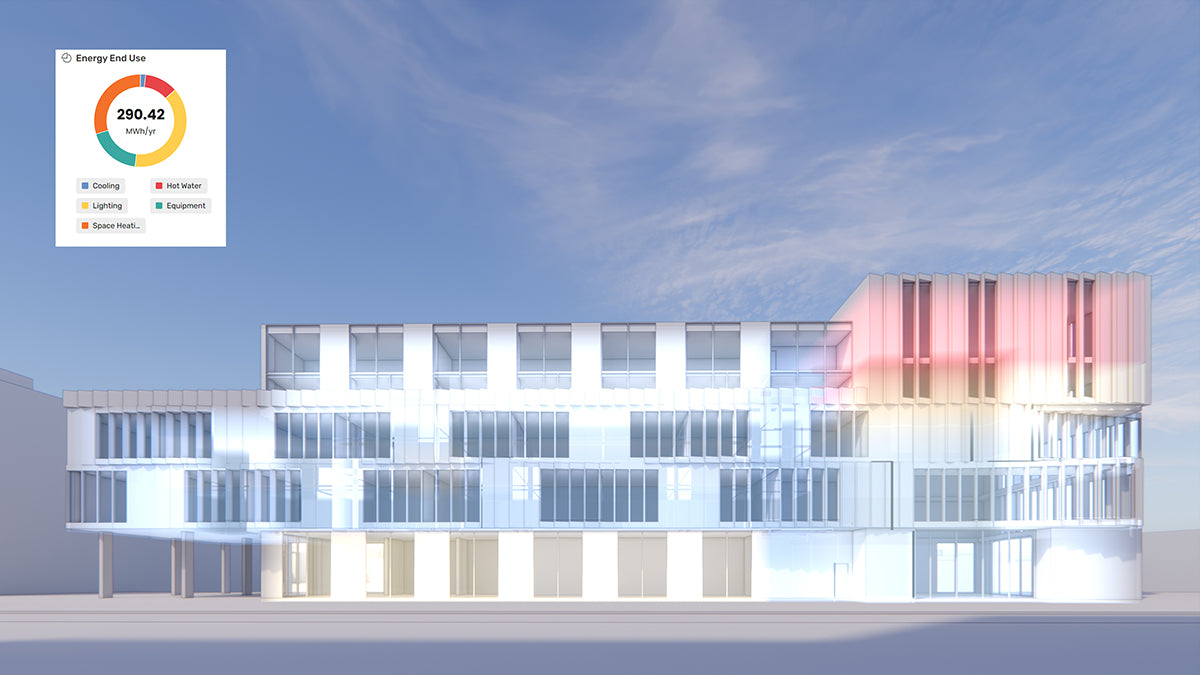
How the AEC Industry Shifted Towards Essential Sustainable Building Design
August 15, 2024 4 min read
Explore sustainable building design strategies at NOVEDGE, focusing on eco-friendly practices for resilient and efficient structures.
Read MoreSubscribe
Sign up to get the latest on sales, new releases and more …




